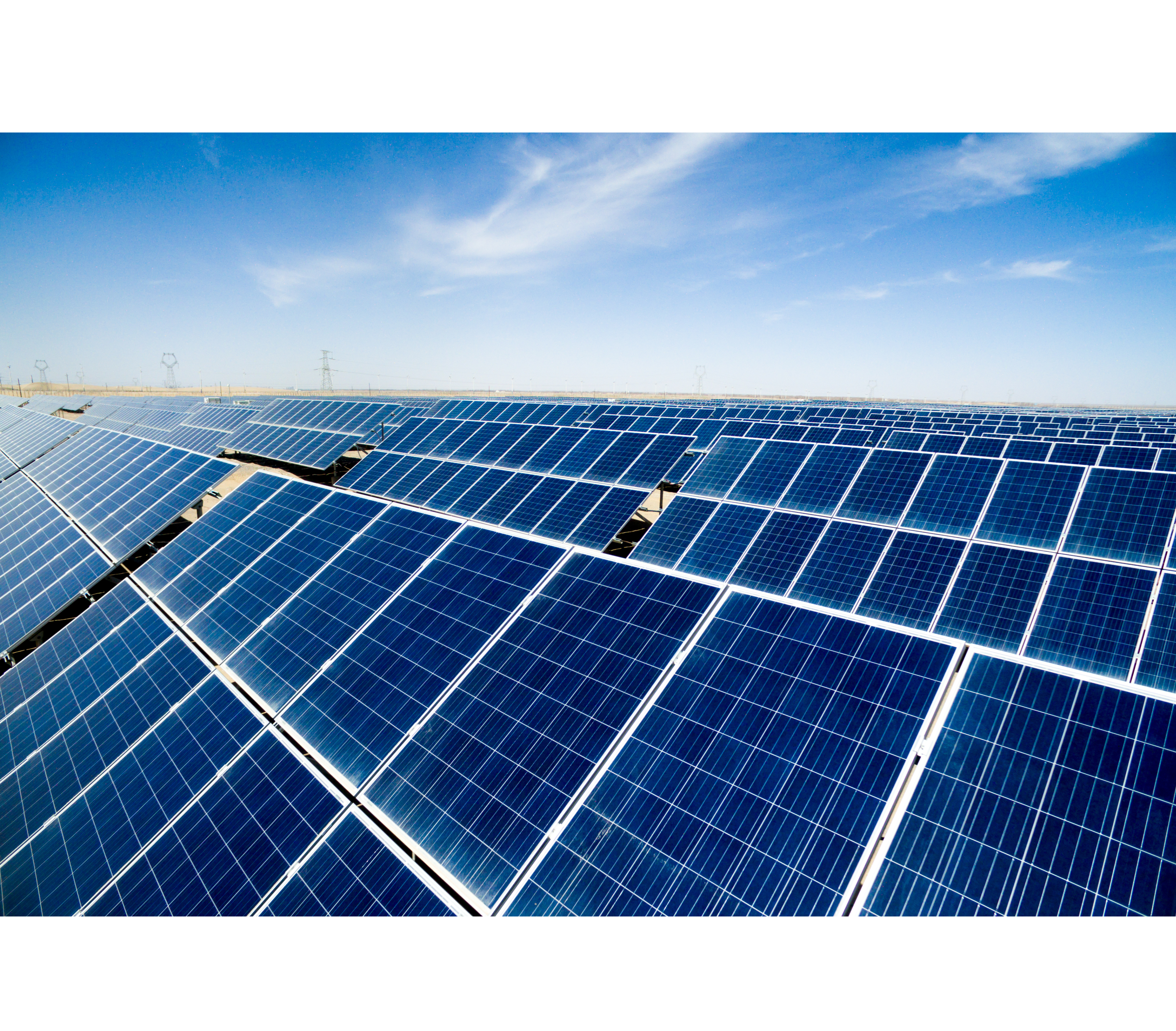Large scale solar arrays are increasingly common in Nebraska and throughout the United States. Utility scale solar are generally very large 1000 kW (1 MW) and larger. These systems are owned by utilities, development companies, or communities.
Links to Utility Scale Research and Other Resources
- Renewables, land use, and local opposition in the United States
- Considerations for Transferring Agricultural Land to Solar Panel Energy Production
- Rallying the anti-crowd: Organized opposition, democratic deficit, and a potential social gap in large-scale solar energy
- Cleveland (2017) Health and Safety Impacts of Solar Photovoltaics
- Uebelhor, E.; Hintz, O.; Mills, S.B.; Randall, A. Utility-Scale Solar in the Great Lakes: Analyzing Community Reactions to Solar Developments. Sustainability 2021, 13, 1677
- Zhang et al., (2023) Green or not? Environmental challenges from photovoltaic technology
- American Solar Grazing Association
- Farmland Owner’s Guide to Solar Leasing
- Regional economic impacts of renewable energy production – Wisconsin case study
- Guide to community Solar - NREL
- Guide to federal investment tax credit
- The U.S. Large-Scale Solar Photovoltaic Database
Solar Lease Considerations for Landowners
Webinar 10/9/2020 video recording
Renewable energy has increased significantly in recent years and the number of wind farms and size of wind turbines are a visual reminder of renewable development. Due to higher development cost, solar electric systems, also called solar photovoltaic (PV), have lagged in commercial electric development. In recent years, the dramatic price decline of solar PV has led to greater interest in utility scale solar development. For instance, consider a 5-Megawatt system similar to the one constructed West of Lincoln North of I-80. Based on solar cost benchmarks published by the National Renewable Energy Lab, a 5-Megawatt system constructed in 2010 would have cost $27.6 million dollars, compared to $5.65 million dollars to construct the same size project in 2018. Combine this with the 26% federal tax credit and the economics of utility scale solar are sufficient for major development interest across the nation. The federal tax credit is currently 26% and set to decline to 22% in 2023, then 10% for future years.
Utility scale solar farms are constructed on open ground generally near access to the electric transmission grid. Other considerations for siting solar farms may be the solar resource, proximity to electricity demand, other local incentives, and regional value of electricity. Access to land is an early step in utility scale solar development. Farmers and landowners in Nebraska are being approached to lease land for solar development and these landowners are facing important long-term decisions about the future of their land. When considering a solar leasing contract many factors should be considered. According to the Farmland Owner’s Guide to Solar Leasing published by the National Agricultural Law Center these considers are: Length of the commitment, Who has legal interests in the land?, Impacts on the farm and land, Family matters, Property taxes, Government programs, Liability and insurance, and Neighbor and community relations.
Utility solar farmland leases are long term contracts and need to be reviewed by a qualified attorney. In Nebraska these leases can be as many as 40 years and longer if extended. For many landowners this long-term contract may extend into the next generation and should be discussed with family. Landowners at times feel pressure to sign contracts and this can be stressful. Take the time to review and negotiate these contracts and always know that saying “no” is an option.
Solar leases can be attractive to landowners as they can offer long term income and profitability on the leased land. A study in Michigan of landowners with wind farm leases showed farmers with leases invested more in their farms than farmers without leases. This suggest the lease income may influence farm stability and longevity. Solar farms like wind farms add to county tax income. These developments pay a nameplate capacity tax and some property tax each year.
Utility scale solar farms are unlike wind farms in some ways. For example, wind turbines may take only 1-2 acres out of production per turbine because farmers can farm around the base of the turbine and turbine access road. In comparison, a 1,000 acre solar farm will take all 1,000 acres out of production. Solar farms are low to the ground and have less impact on the skyline. Generally solar farms will be fenced with vegetation growing amongst the solar panels. Vegetation could be perennial pollinators, grass, or weeds. Common management is periodic mowing to ensure plants do not disrupt solar operation and production.
Landowners approached about solar leases should seek advice from an attorney and take time to thoroughly consider the contract and its implications to their farmland. Review of the Farmland Owner’s Guide to Solar Leasing published by the National Agricultural Law Center will help frame the issues and considerations for solar leases.
The technology for production of solar electricity has declined in price dramatically in recent years which has led to installations of small, medium and large solar electrical systems throughout the country. Land leases are a common method of accessing land for solar electric systems. A landowner should carefully consider these agreements prior to signing. Key to a fair agreement are the issues of land use impacts, duration of agreements, obligations of the landowner, compensation, and decommissioning. For more information see the article Solar Lease Considerations in Nebraska.
Solar Leasing Resources:
Farmland Owner's Guide to Solar Leasing - National Ag Law Center - 2019
Contact:
John Hay
Extension Educator, Energy & Biofuels
(402) 472-0408
jhay2@unl.edu
Faculty Bio









